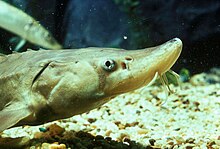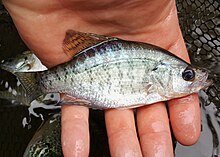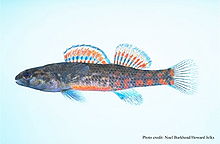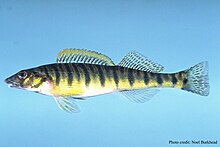This article needs additional citations for verification .(July 2024) |
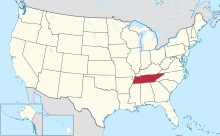
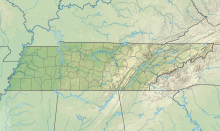
The U.S. state of Tennessee has a uniquely diverse array of fresh-water fish species, owing to its large network of rivers and creeks, with major waterways in the state including the Mississippi River which forms its western border, the Tennessee River, the Cumberland River, and the Duck River.
Contents
- Order Petromyzontiformes (Lampreys)
- Order Acipenseriformes (Sturgeons & paddlefish)
- Order Lepisosteiformes (Gars)
- Order Amiiformes (Bowfins)
- Order Hiodontiformes (Mooneyes)
- Order Anguilliformes (Eels)
- Order Clupeiformes (Herrings & relatives)
- Order Cypriniformes (Carps, minnows, and relatives)
- Order Siluriformes (Catfishes)
- Order Esociformes (Pikes and mudminnows)
- Order Salmoniformes (Salmon, trout, and whitefish)
- Order Percopsiformes (Trout-perches)
- Order Cyprinodontiformes (Toothcarps)
- Order Atheriniformes (Silversides)
- Order Scorpaeniformes (Mail-cheeked fishes)
- Order Perciformes (Perch-like fish)
- See also
- References
Tennessee has more than 300 species of fishes. [1]
The following tags note species in each of those categories:
- (I) - Introduced
- (E) - Endemic

